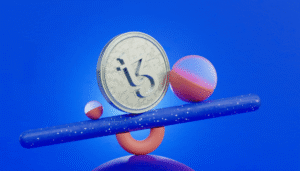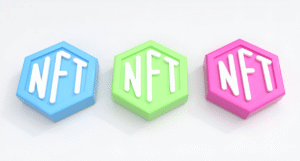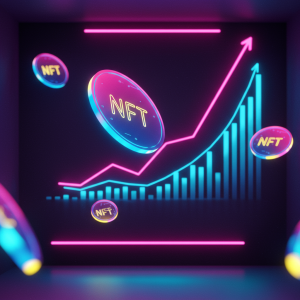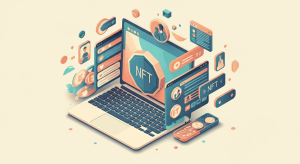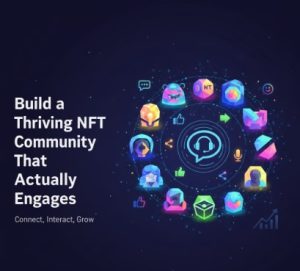What Is NFT Secondary Market: Complete Guide for Collectors & Investors

The NFT ecosystem consists of two distinct marketplace environments: primary and secondary markets. While primary markets focus on initial releases directly from creators, the secondary market represents all subsequent trading activity after the original mint. This crucial component of the NFT ecosystem enables continued value discovery, liquidity, and community development long after a project’s launch.
How the NFT Secondary Market Works
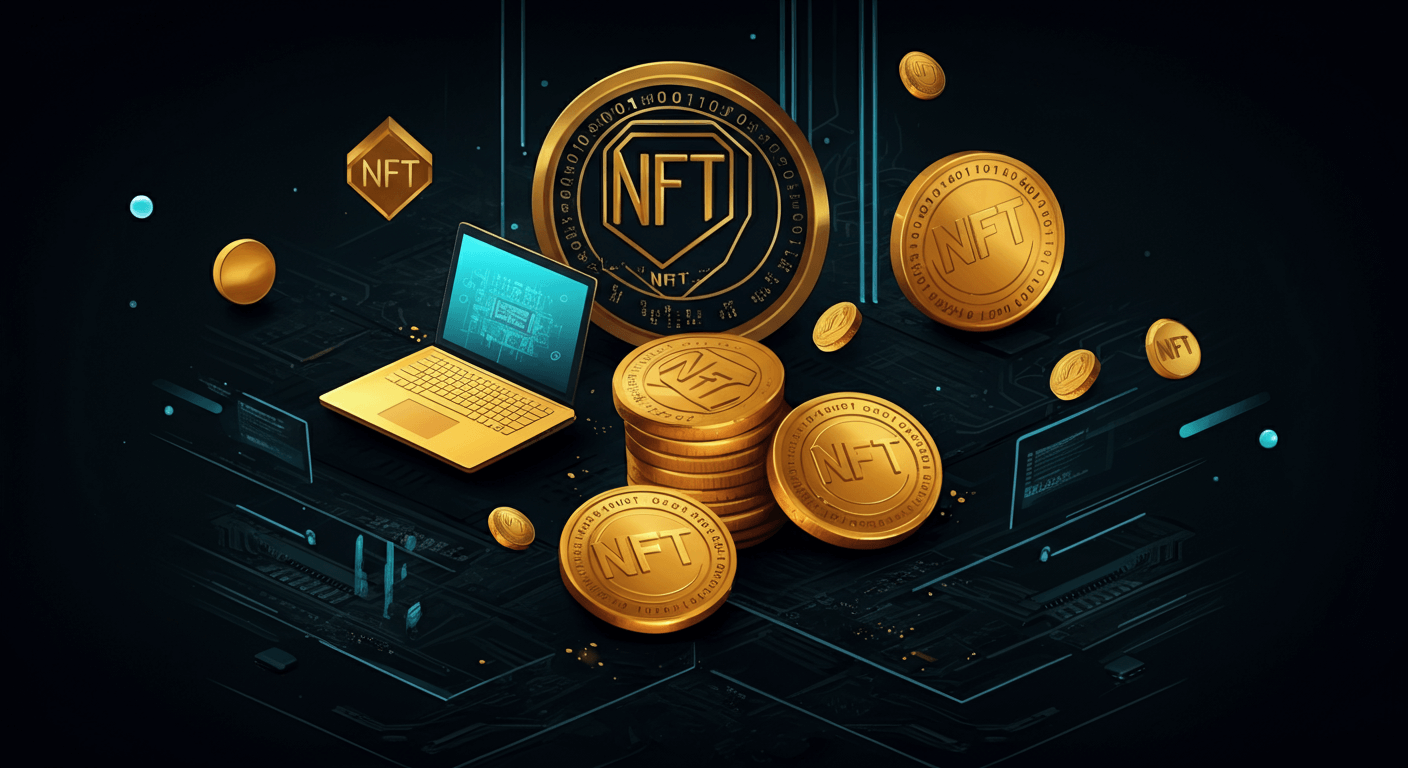
When an NFT collection first releases, buyers who secure tokens during the initial mint participate in the primary market. Once these NFTs are purchased from the creator or project, any further transactions occur on the secondary market. Think of it as similar to stock IPOs – the primary market represents the initial offering, while the secondary market encompasses all trading activity thereafter.
At NFT Marketo, we’ve observed that secondary market dynamics often reveal the true sustainability of projects, as they must maintain value and interest without the momentum of a launch event.
The secondary market operates through specialized platforms that facilitate peer-to-peer trading, maintain order books, and execute transactions securely on the blockchain. Each platform typically generates revenue by collecting transaction fees, usually between 2-5% of each sale.
Key Secondary Market Platforms
Several platforms dominate the NFT secondary market landscape, each with distinct characteristics:
OpenSea remains the largest marketplace by volume, supporting multiple blockchains including Ethereum, Polygon, and Solana. Its comprehensive approach accommodates virtually all NFT categories from art to virtual real estate.
Blur has emerged as a trader-focused platform, offering advanced features like portfolio analytics, aggregated liquidity, and zero marketplace fees. It has captured significant market share among professional traders seeking efficient execution.
According to DappRadar’s marketplace tracker, these platforms processed over $11 billion in secondary market trading volume during the past year, demonstrating the enormous scale of post-mint NFT activity.
Specialized marketplaces like NBA Top Shot for sports moments and Foundation for curated digital art provide more focused environments for specific NFT categories. These niche platforms often foster stronger communities around particular types of digital assets.
Price Discovery and Valuation
The secondary market serves as the primary mechanism for NFT price discovery. Initial mint prices are set by creators, but true market valuation emerges only through subsequent trading activity. This process involves several key metrics:
Floor price – the lowest available price for any NFT within a collection – serves as the most commonly referenced valuation metric. Rising floor prices generally indicate growing demand, while falling floors suggest waning interest.
Rarity and trait values become more defined in secondary markets as collectors identify which attributes command premium pricing. Tools like NFT Rarity Tools help buyers evaluate these characteristics when making secondary market purchasing decisions.
Historical sales data accumulates over time, providing valuable context for valuation trends and cycles within specific collections or the broader market.
The Role of Royalties
A distinctive feature of NFT secondary markets is creator royalties. These perpetual payments to original creators (typically 5-10% of sale price) ensure that artists and project teams continue benefiting from secondary market activity. This mechanism represents a revolutionary improvement over traditional art markets where creators rarely profit from secondary sales of their work.
However, royalty enforcement has become a contentious issue. While some platforms like OpenSea enforce mandatory royalties, others have made them optional or eliminated them entirely. This ongoing debate highlights the tension between creator sustainability and market competitiveness.
Secondary Market Strategies
Successful engagement with NFT secondary markets requires understanding various strategies employed by different participant types:
Collectors often pursue specific traits, rarities, or thematic groupings to complete sets or secure particularly desirable pieces. Their approach typically emphasizes aesthetic or utility value over short-term price movements.
Investors focus on identifying undervalued assets with potential for appreciation based on project fundamentals, team execution, or market trends. They may employ dollar-cost averaging during market downturns to accumulate promising assets at favorable prices.
Traders capitalize on market inefficiencies, volatility, and short-term sentiment shifts. Using tools that highlight floor price discrepancies or rare trait listings below market value, they seek quick returns rather than long-term holding.
Market Liquidity Considerations
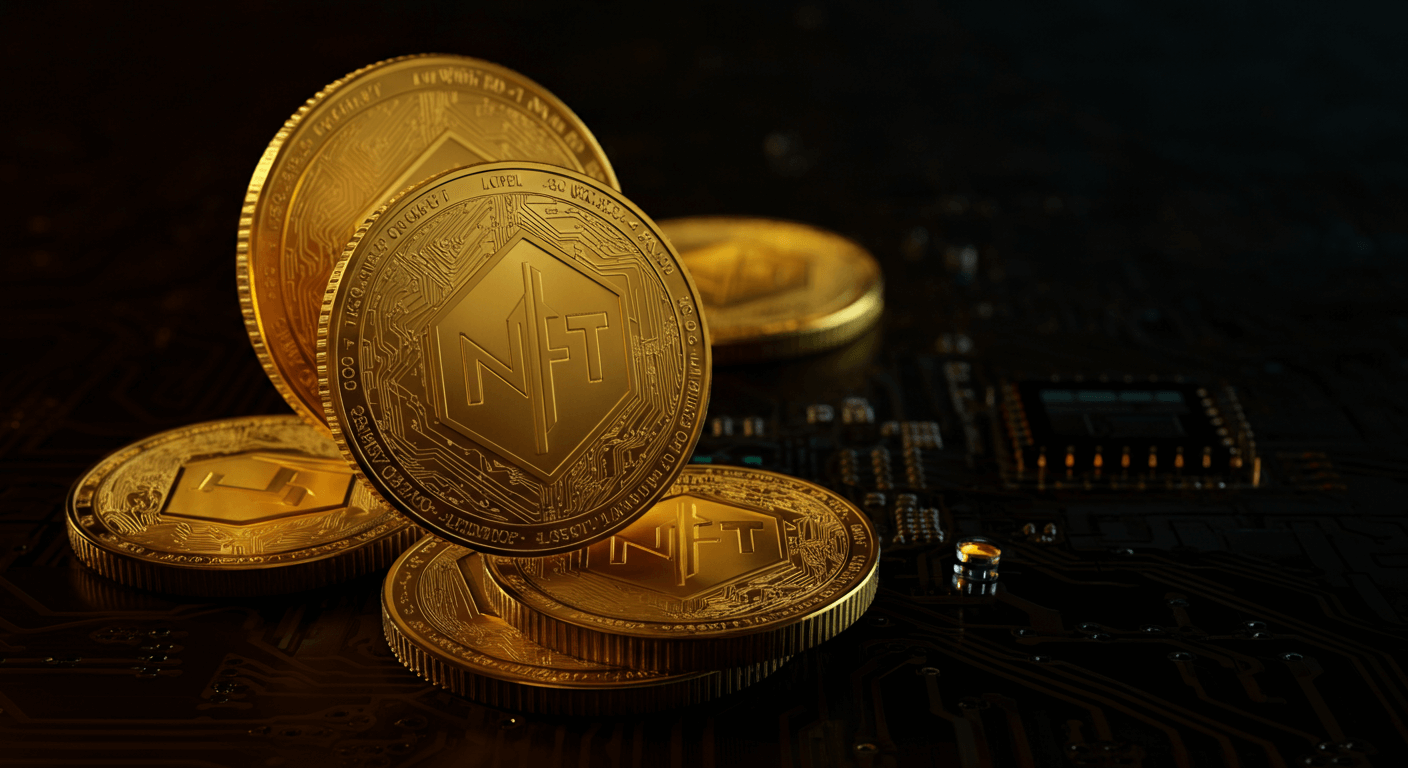
Liquidity varies dramatically across the secondary market. Blue-chip collections like Bored Ape Yacht Club or CryptoPunks maintain reliable buyer depth, while lesser-known projects may experience extended periods without meaningful trading activity.
This liquidity disparity creates both challenges and opportunities. Highly liquid collections offer easier entry and exit but typically command premium valuations. Conversely, less liquid projects may present value opportunities but carry increased risk of position size trapping investors in holdings they cannot easily sell.
Secondary Market Cycles
Like most financial markets, NFT secondary markets experience cyclical patterns. Understanding these cycles helps participants make more informed decisions:
After initial mints, many collections experience a “mint flip” phase where early buyers looking for quick profits list tokens on secondary markets. This often creates temporary price suppression as supply exceeds immediate demand.
Successful projects typically establish a floor price that rises gradually as the weakest holders exit and more committed community members accumulate. This consolidation phase often precedes stronger growth for fundamentally sound projects.
External factors like overall cryptocurrency market conditions, regulatory developments, and technological advancements regularly influence secondary market sentiment and pricing. These macro factors can overshadow project-specific fundamentals during periods of extreme market movement.
Due Diligence for Secondary Market Buyers
When purchasing from secondary markets, buyers should conduct thorough research beyond basic rarity or floor price considerations:
Verify authenticity by confirming collection contract addresses, as scam collections frequently imitate successful projects. Marketplace verification badges provide some security but should not replace independent verification.
Examine trading history to identify suspicious patterns like wash trading (self-dealing to create artificial volume) or dramatic price manipulations that might suggest market engineering rather than organic interest.
Assess community health through social media engagement, Discord activity, and developer updates. Vibrant communities typically sustain healthier secondary markets than projects with diminishing participation.
The Future of NFT Secondary Markets
As the NFT ecosystem matures, secondary markets continue evolving in several important directions:
Cross-chain functionality is expanding, allowing traders to interact with NFTs across multiple blockchains from unified interfaces. This interoperability reduces friction and expands potential buyer pools.
Decentralized exchanges (DEXs) are emerging alongside traditional marketplace models, offering trustless trading with lower fees and greater censorship resistance. These platforms typically sacrifice some user experience simplicity for increased decentralization.
Analytics tools are becoming increasingly sophisticated, helping traders identify opportunities and risks with greater precision. These developments are gradually transforming NFT trading from speculation-driven activity to more informed decision-making.
Conclusion
The NFT secondary market represents much more than simply a trading venue for digital collectibles. It functions as the ongoing value discovery mechanism, community hub, and liquidity provider that determines which projects achieve lasting relevance beyond initial hype cycles.
Understanding secondary market dynamics is essential for creators launching new projects, collectors building meaningful portfolios, and investors seeking to capitalize on emerging opportunities in the digital asset space.
For more insights on navigating both primary and secondary NFT markets effectively, visit NFT Marketo where we provide comprehensive strategies tailored to your specific goals in the evolving digital collectibles ecosystem.

